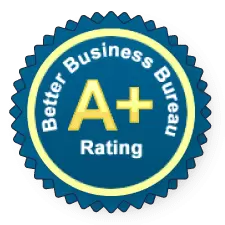
Because the cost of energy is a major expense in commercial structures, any savings can mean a significant improvement. According to industry figures, electrical consumption in a typical commercial structure — office buildings, retail space, health care organizations, food service, warehouses, and the like — ranges from just more than 22 kilowatts of electricity per square foot up to 50 kilowatts per square foot. Per Department of Energy reports, operating commercial HVAC systems in these structures consumes just more than 35% of a building’s total electrical usage.
It’s no wonder, then, that commercial savings on HVAC electrical consumption is a worthwhile goal to improve the bottom line of building operating costs. Here are some suggestions to make those commercial savings happen.
- Stay current on HVAC maintenance. Following manufacturer’s recommendations for routine professional maintenance not only improves performance and energy efficiency of heating and cooling components, it also helps prevent potential issues before they happen.
- Evaluate building air sealing, insulation, and ductwork regularly. Heat gain in summer and heat loss in winter imposes longer cycles on HVAC units and consumes more power. Door and window sealing, the type and amount of insulation in the structure, and the condition of HVAC ductwork directly impact operating costs during all seasons.
- Upgrade HVAC systems on time. Sticking with heating and cooling components that have incurred substantial wear and tear and/or incorporate outmoded technology is not a bargain in the long term. Reduce monthly costs and boost commercial savings with newer components that provide higher efficiency, lower energy bills, and reduced potential for malfunction and repairs.
- Establish temperature zones. In many commercial structures, keeping all parts of the building at a single temperature 24/7 is often a substantial electricity waster. Controlled by software, zoning systems incorporate dampers inside ductwork to adjust the amount of cooled and heated air entering a specific area of the building at a given time. Zoning utilizes multiple thermostats to maintain diverse temperatures simultaneously in different parts of a building, returning savings by reducing cooling and heating in areas where and when it’s not needed.
For more options to increase commercial savings on HVAC expenses, talk to the professionals at Jackson & Sons.



